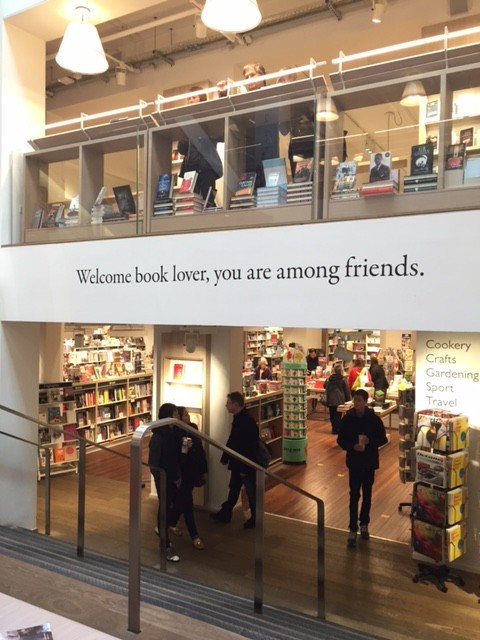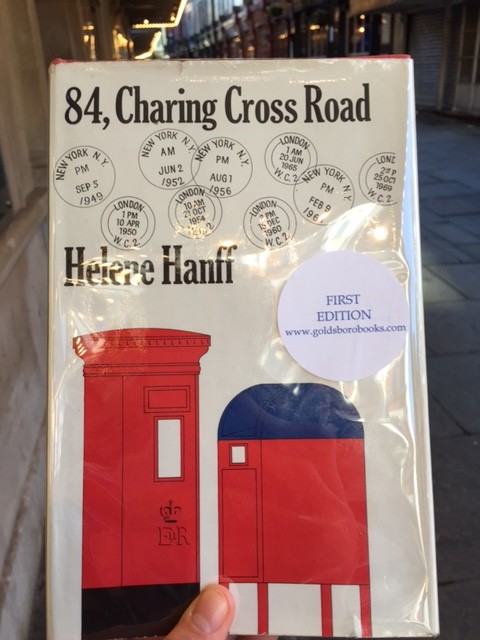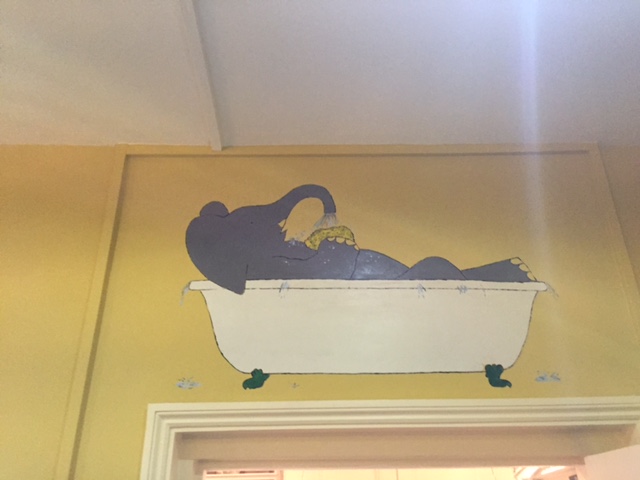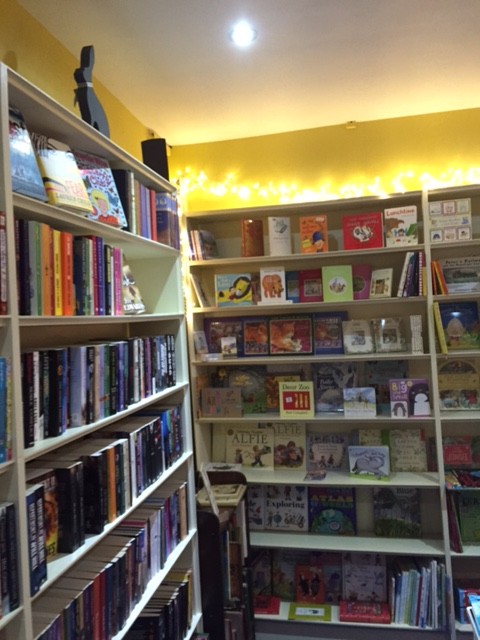First impressions are, I know, very important. When it comes to fully mastering English greetings I had closely studied the first chapter in Watching the English – The Hidden Rules of English Behaviour.
It came as a relief to find the chapter, since all my previous knowledge on English greeting etiquette came from Julian Fellowes novel Past Imperfect. In said novel, part of the plot depends upon the correct way to greet new people: “How do you do?” – “How do you do?”. As in not the vulgar “nice to meet you”. I had a strange feeling, howver, that it might not be quite up to date, and in any case, it depended on the person I met to actually begin the conversation with a “How do you do”, which I have yet to experience anyone actually doing.
So I turned to Kate Fox to update my knowledge.
Under the heading The Rules of Introduction it stated the following about the English greetings:
Number 1: The Awkwardness Rules
As it is, our introductions tend to be uncomfortable, clumsy and inelegant. (…)
The French custom of a kiss on each cheek has become popular among the chattering classes and some of the middle- and upper-middle-class groups, but is regarded as silly and pretentious by many other sections of society (…) Even in the social circles where cheek-kissing is acceptable one can still never be entirely sure whether one kiss or two is required, resulting in much awkward hesitation and bumping as the parties try to second-guess each other.
Handshakes are now the norm in business introduction – or rather, they are the norm when people in business are introduced to each other for the first time. Note, though, that the English handshake is always somewhat awkward, very brief, performed ‘at arm’s lenght’, and without any of the spare-hand involvement – clasping, forearm patting, etc. – found in less inhibited cultures. (…) At subsequent meetings, particularly as business contacts get to know each other better, a handskae greeting often starts to seem too formal, but cheeck-kisses would be too informal (…). Hands are half-extended and then withdrawn or turned into a sort of vague wave; there may be awkward, hesitant moves towards a cheeck-kiss or some other form of physical contact as an arm-touch – as no contact at all feels a bit unfriendly – but these are also often aborted half-way.
This was not encouraging, since the only acceptable Swedish way of greeting is the half-hearted, embarrassed hug. Cheek-kisses confuse us, handshakes might be fine in strictly first-time-business-meetings, but anything more informal than meeting your boss for the first time requires a hug. And she didn’t even mention them, presumably considering them much too personal.
My only option was to really go for the general awkward-confused-embarrassed greeting, hopefully mistaken for Englishness, and possibly combining an aborted hug, a confused second-guessed cheek-kiss, and a hand shake.
I am happy to say that I got the confused-embarrassed-awkwardness at my first try.
After the greetings, things were much more unclear. Gossip apparently takes up some 65 % of the conversation (same for both men and women), but that was hardly applicable here since I don’t know anyone to gossip with them about. Next up, under the promising heading Female Bonding (perfect!), was The Counter-compliment Rule.
The Counter-compliment Rule states that English female bonding-talk often starts with a ritual exchange of compliments. The trick here is apparantly never to accept them. “Your hair looks great” – “No, no, I only wish I had hair like yours. And that’s a lovely dress!” – “This old thing? It makes me look …” etc.
I duly followed it, but since both Becky and Louise began with kind compliments about my book, I ended up telling them that I couldn’t write at all, and that theirs were much better, which was a, incomprehensible since they haven’t, as far as I know, written a book and b, perhaps not a great thing to say to your publisher and publicist.
Oh well.
At least I was on firm ground when it came to goodbyes. Kate Fox has a lot to say there, mainly that there should be a lot of them, dragging on, never really finishing, suddenly starting all over again, etc., so that when guests finaly leave, everyone is instantly relieved and says something like “Pew, I thought she’d never leave” or “Finally!”
I am proud to report that I managed that one quite well.
Ps. Weather talk! Very difficult as a foreigner. I’ve tried both commiserating and complimenting the rainy, grey February day, but any bemoaning the weather as a foreigner is, as Kate Fox points out, an insult to all true and noble patriotic feelings, and any attempt to flatter them about their English weather on a grey and rainy February day makes you look, well, bat-crazy. But the sun is shining today, so might have more success.
Buy Watching the English here, if you too want to try to blend in as an Englishman.






